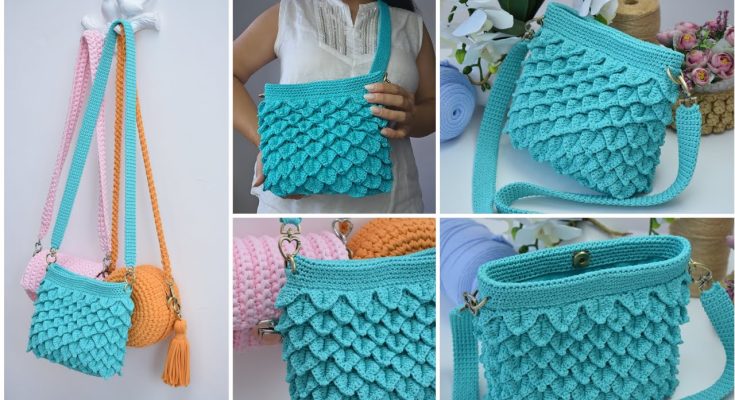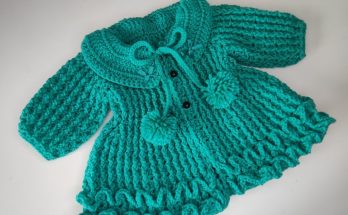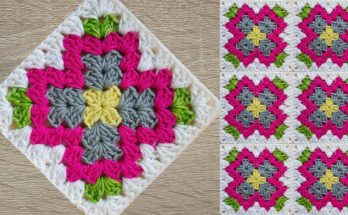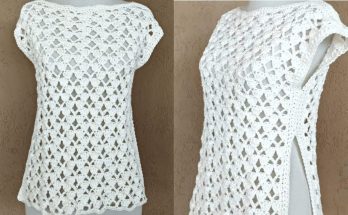Crocheting has long transcended its traditional roots, evolving into a modern, expressive craft that blends function with artistic flair. One of the most visually captivating techniques in contemporary crochet is the crocodile stitch, commonly referred to as the fish scale pattern due to its textured, layered appearance. When applied to handbag design, this stitch creates an enchanting aesthetic reminiscent of mermaid tails, dragon scales, or shimmering fish skin.
A crochet fish scale pattern handbag, particularly one crafted from durable polyester or cotton cord, is more than just a fashion statement. It is a testament to meticulous craftsmanship, versatility, and the unique charm that only handmade items can offer. This article explores the origins of the fish scale pattern, the benefits of using polyester and cotton cords, design possibilities, and care tips for maintaining your handcrafted treasure.
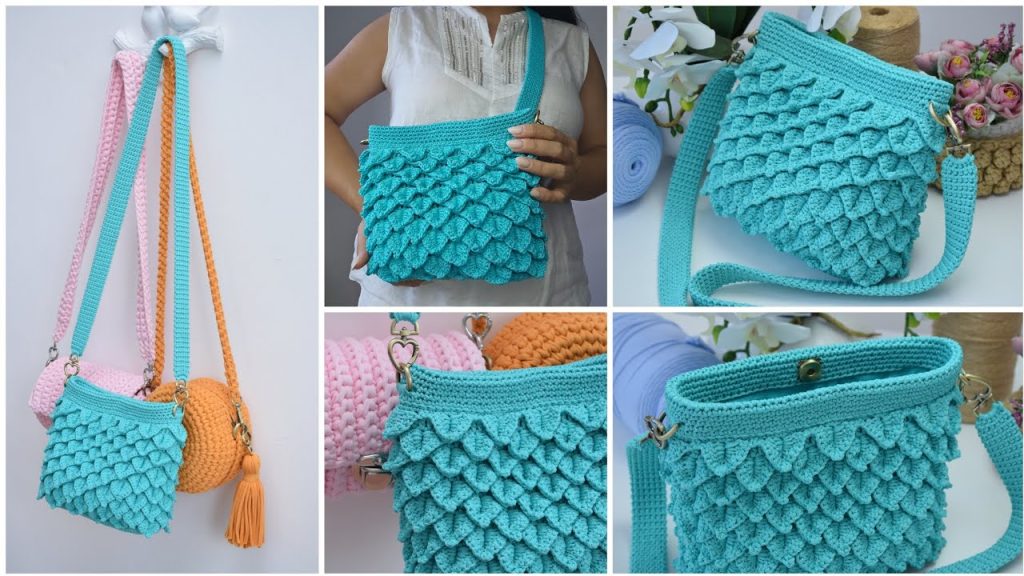
The Allure of the Fish Scale Pattern
The fish scale pattern, most often created using the crocodile stitch, is a three-dimensional crochet technique. The stitch forms overlapping layers that resemble scales, giving a bag incredible texture and visual appeal. Though it may appear intricate and complex, once mastered, the pattern becomes rhythmic and satisfying to work on.
Historical Inspiration
This type of pattern draws inspiration from nature—specifically, the overlapping armor-like design of fish and reptiles. It’s also reminiscent of traditional Middle Eastern and Asian textile motifs, where scale-like textures symbolize protection and abundance.
Modern Usage
Today, the fish scale or crocodile stitch has found its way into contemporary fashion, home decor, and accessories. It is especially popular in creating bold, statement-making pieces such as:
- Handbags and clutches
- Shawls and scarves
- Pillow covers and throws
- Costume pieces and cosplay accessories
Materials Matter: Polyester vs. Cotton Cord
The choice of material dramatically impacts the look, feel, and durability of a crochet handbag. Both polyester cord and cotton cord offer distinct advantages, making them suitable for this project depending on the desired final effect.
Polyester Cord
Polyester cord is strong, smooth, and slightly elastic. It’s often used in macramé and modern crochet projects for its sheen and long-lasting structure.
Pros:
- Highly durable and abrasion-resistant
- Maintains shape well, even after prolonged use
- Available in vibrant, fade-resistant colors
- Resistant to moisture and mildew
- Great for outdoor or heavy-use handbags
Cons:
- Less breathable than natural fibers
- Slightly slippery texture can make it tricky for beginners
Cotton Cord
Cotton cord, on the other hand, offers a more organic, matte finish. It feels softer to the touch and lends a natural aesthetic to the bag.
Pros:
- Soft and comfortable to handle
- Eco-friendly and biodegradable
- Excellent stitch definition
- Readily absorbs dyes, allowing for custom color variations
Cons:
- May lose shape over time without proper reinforcement
- Prone to absorbing moisture and stains
- Not as abrasion-resistant as synthetic options
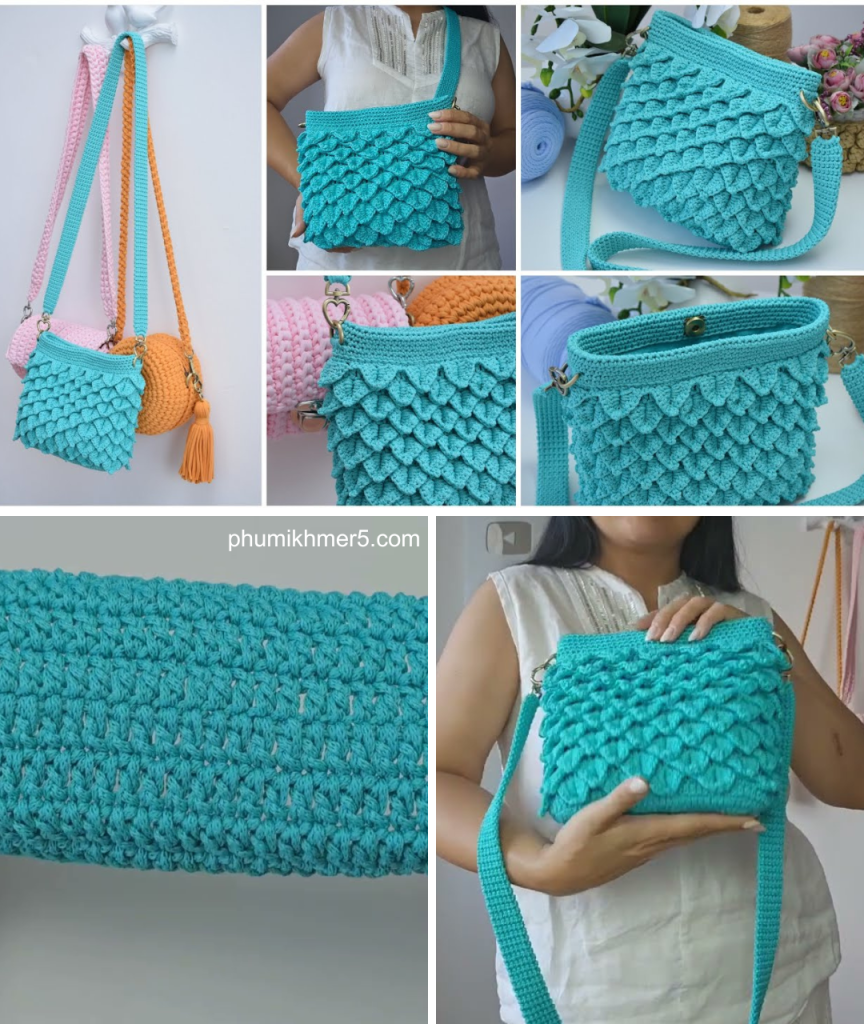
Designing the Perfect Crochet Fish Scale Handbag
When creating a crochet fish scale pattern handbag, several design elements come into play: size, shape, color, handle type, closure, and lining. Each aspect can be customized to reflect the maker’s personal style.
Pattern Structure
Typically, the body of the bag begins with a sturdy rectangular or oval base, transitioning into rounds or rows of crocodile stitches for the main exterior.
Key Tips for Construction:
- Use a tight, dense stitch for the base to provide structure.
- Crochet the fish scales in alternating layers to create a cohesive pattern.
- Reinforce the top edge with a few rounds of single crochet or crab stitch for added strength.
Size and Shape
The handbag can be designed in various shapes:
- Tote or Bucket Bag: Roomy and casual, great for everyday use.
- Clutch: Elegant and compact, suitable for evening outings.
- Shoulder or Crossbody Bag: Functional and trendy, offers hands-free convenience.
Color Palette
One of the joys of this design is its adaptability to color:
- Monochrome: Emphasizes the texture and scale definition.
- Gradient/Ombre: Mimics the natural gradient of fish scales or mermaid tails.
- Multicolored or Variegated Yarn: Adds playful unpredictability and depth.
Handles and Closures
- Handles can be made from matching crocheted cords, leather straps, or bamboo rings.
- Closures might include magnetic snaps, zippers, buttons, or drawstrings, depending on the bag’s purpose.
Lining and Reinforcement
To increase durability and prevent sagging, consider sewing in a fabric lining. Cotton or canvas linings offer excellent structure and allow for internal pockets and compartments.
Step-by-Step Overview (Simplified)
Here’s a high-level overview of the process for experienced crocheters:
- Base: Crochet a flat, sturdy base using single crochet or half double crochet in tight tension.
- Body Setup: Begin rounds of double crochets to serve as the “foundation rows” for the crocodile stitch.
- Fish Scale Stitch: Work crocodile stitches (two rows per layer) over foundation posts. Alternate their position for each new layer.
- Top Edging: After desired height is reached, finish with tight stitches for structural integrity.
- Handles: Attach crocheted straps, metal rings, or pre-made handles.
- Lining (optional): Cut and sew fabric lining to match dimensions. Insert and stitch securely.
- Closure: Attach magnetic snap, zipper, or drawstring.
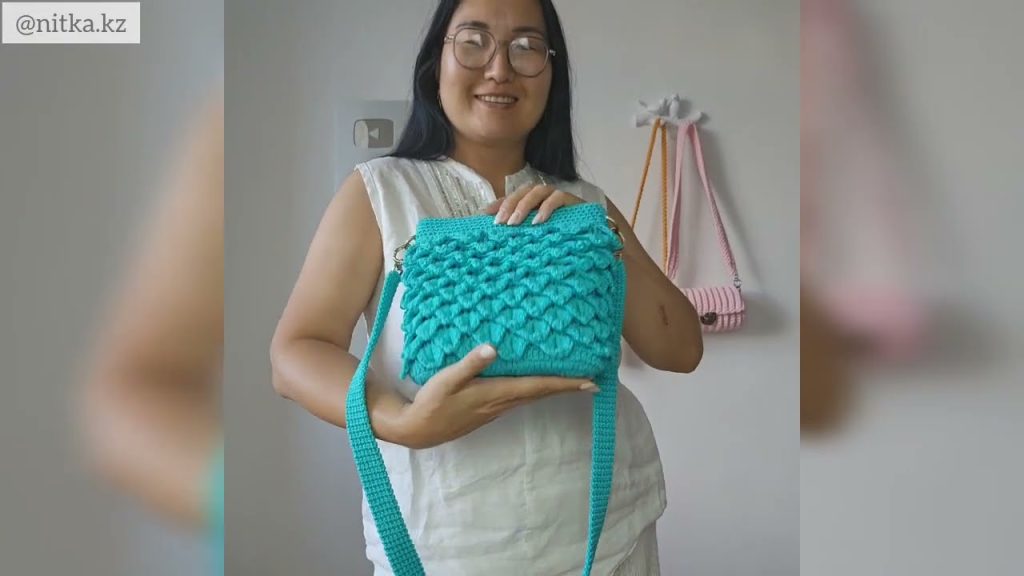
Caring for Your Handbag
To extend the life of your crochet fish scale handbag:
- Spot clean only if made with polyester cord.
- Hand wash gently in cool water if made with cotton; reshape and air-dry flat.
- Avoid machine washing or wringing, as this can distort the stitches.
- Store in a cool, dry place away from direct sunlight to prevent color fading.
- Use a fabric protector spray (optional) for added stain resistance.
🧶 How to Make a Crochet Fish Scale Pattern Handbag
Skill Level: Intermediate
Stitches used: Chain (ch), Single Crochet (sc), Double Crochet (dc), Slip Stitch (sl st), Crocodile Stitch
Time required: 6–10 hours (varies based on size and experience)
🪡 Materials Needed:
- 4–6 mm crochet hook (adjust for your tension and cord thickness)
- Polyester cord or cotton cord (approx. 200–300 meters, 3–5 mm thickness)
- Stitch markers
- Yarn needle or tapestry needle
- Scissors
- Magnetic snap or zipper (for closure)
- Optional: Fabric and sewing kit for lining
- Optional: Bag handles (crocheted or store-bought)
🧵 Abbreviations (US Terms)
| Abbreviation | Meaning |
|---|---|
| ch | Chain |
| sc | Single Crochet |
| dc | Double Crochet |
| sl st | Slip Stitch |
| st(s) | Stitch(es) |
| rnd | Round |
| RS | Right Side |
| WS | Wrong Side |
🏗️ Part 1: Base of the Handbag
Choose either a round or rectangular base. Here’s a rectangular base example:
Step 1: Foundation Chain
- Ch 25 (adjust to desired width of bag)
Step 2: First Row
- Row 1: Sc in 2nd ch from hook and across (24 sts), turn.
Step 3: Continue Building the Base
- Row 2–10: Ch 1, sc in each st across. Turn after each row.
👉 You should now have a sturdy rectangle. This is the bottom of your bag.
Step 4: Work Around the Base in Rounds
- Rnd 1: Ch 1, sc evenly around the rectangle, placing 3 scs in each corner. Sl st to join.
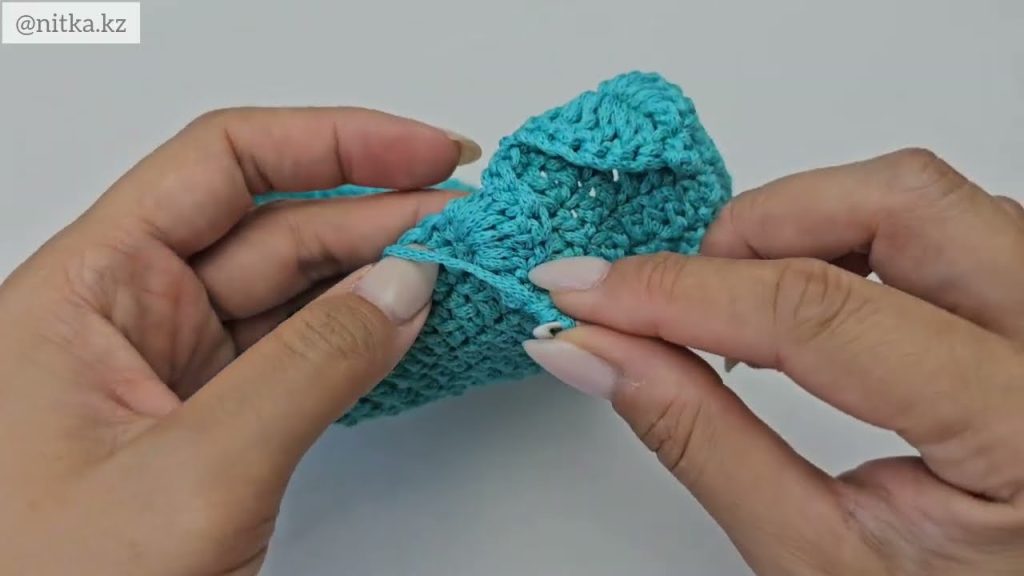
🧜 Part 2: Body with Fish Scale Pattern (Crocodile Stitch)
How Crocodile Stitch Works:
Each “scale” is made over two double crochet posts from the previous round. One scale = 5 dc down one post + 5 dc up the next post.
Step 1: Foundation for Crocodile Stitches
- Rnd 1 (Base Round):
Ch 3 (counts as 1 dc), skip 1 st, 2 dc in next st — repeat around.
You should now have an even number of dc pairs (important for scale placement). Sl st to top of ch-3.
Step 2: First Round of Crocodile Stitches
- Rnd 2:
Ch 1, work 5 dc down the first post of a dc pair (RS facing you), ch 1, 5 dc up the second post of the pair. Skip the next dc pair.
Repeat from * to * around. Sl st to base of first scale.
👉 You now have the first row of fish scales.
Step 3: Alternating the Scales
- Rnd 3 (DC Base):
Ch 3, 2 dc in space between the crocodile scales from previous round, repeat around. Sl st to top of ch-3. - Rnd 4 (Crocodile Stitch):
Repeat Rnd 2, but this time your scales will sit in the spaces between those in Rnd 2 (like bricks in a wall).
➡️ Repeat Rnds 3 and 4 until the bag reaches your desired height (e.g., 20–25 cm).
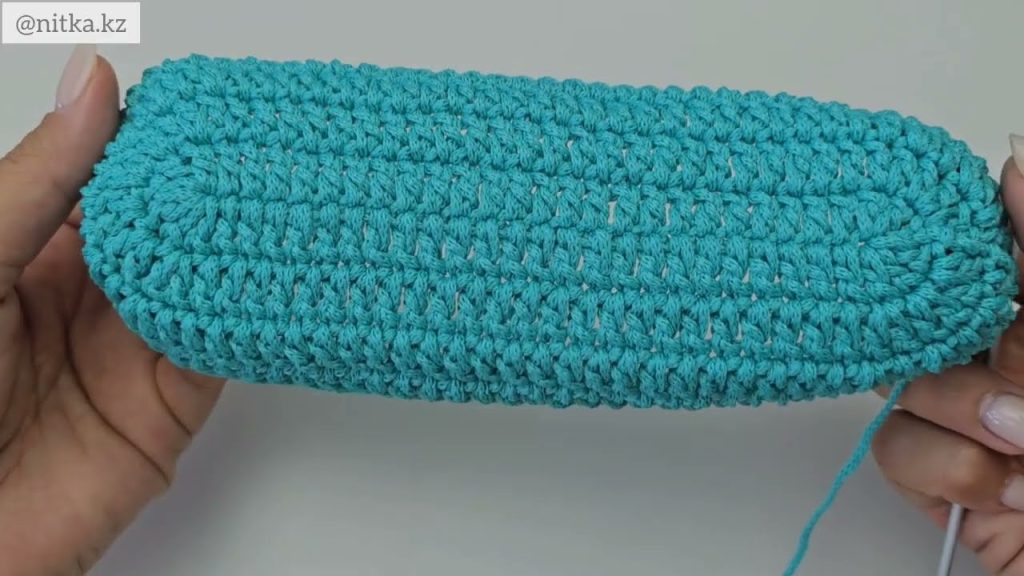
🪢 Part 3: Top Edge and Handles
Step 1: Clean Finish at the Top
- After your last crocodile round, work 2–3 rounds of sc or crab stitch (reverse sc) to form a firm edge.
- You can also reinforce the top with slip stitches for structure.
Step 2: Add Handles
Option A: Crocheted Cord Handles
- Ch 60–80 (depending on desired strap length), then sc back across for 2–3 rows. Attach both ends to the top corners.
Option B: Pre-made Handles
- Use metal rings or loops and stitch them onto the inner top edge using cord or heavy-duty thread.

🧵 Part 4: Lining and Closure (Optional but Recommended)
Lining:
- Cut fabric to match the dimensions of your finished bag.
- Sew a basic pouch with a top hem.
- Insert it into the bag and hand-sew it in place using a whip stitch or slip stitch.
Closure:
- Add a magnetic snap or zipper to the lining or top of the bag.
✅ Tips for Success
- Keep tension even: Crocodile stitch uses more yarn than expected. Loose tension makes it floppy.
- Use stitch markers to keep track of crocodile scales.
- Don’t skip blocking: Gently steam-block your handbag if made with cotton to relax the scales.

🎨 Customization Ideas
- Add a leather or suede bottom panel for added structure.
- Use metallic polyester cord for a shimmering, mermaid-inspired look.
- Combine neutral base color with colorful scale rows for contrast.
🧺 Care Instructions
| Material | Cleaning Method |
|---|---|
| Polyester | Wipe clean or spot wash with mild soap |
| Cotton | Hand wash cold, lay flat to dry |
Avoid machine washing and high heat. Store flat or hanging to maintain shape.
Conclusion: More Than Just a Bag
A crochet fish scale pattern handbag is not merely an accessory—it’s an expression of artistry, patience, and individuality. Whether crafted from the glossy resilience of polyester or the earthy softness of cotton, this bag stands out in any wardrobe. Its tactile texture and detailed design speak to the beauty of handmade craftsmanship and the endless creativity that crochet allows.
For beginners, the fish scale pattern presents a fun challenge; for experienced crocheters, it offers a canvas for design innovation. And for anyone lucky enough to carry or gift one, it’s a small piece of wearable art.
Video tutorial:
